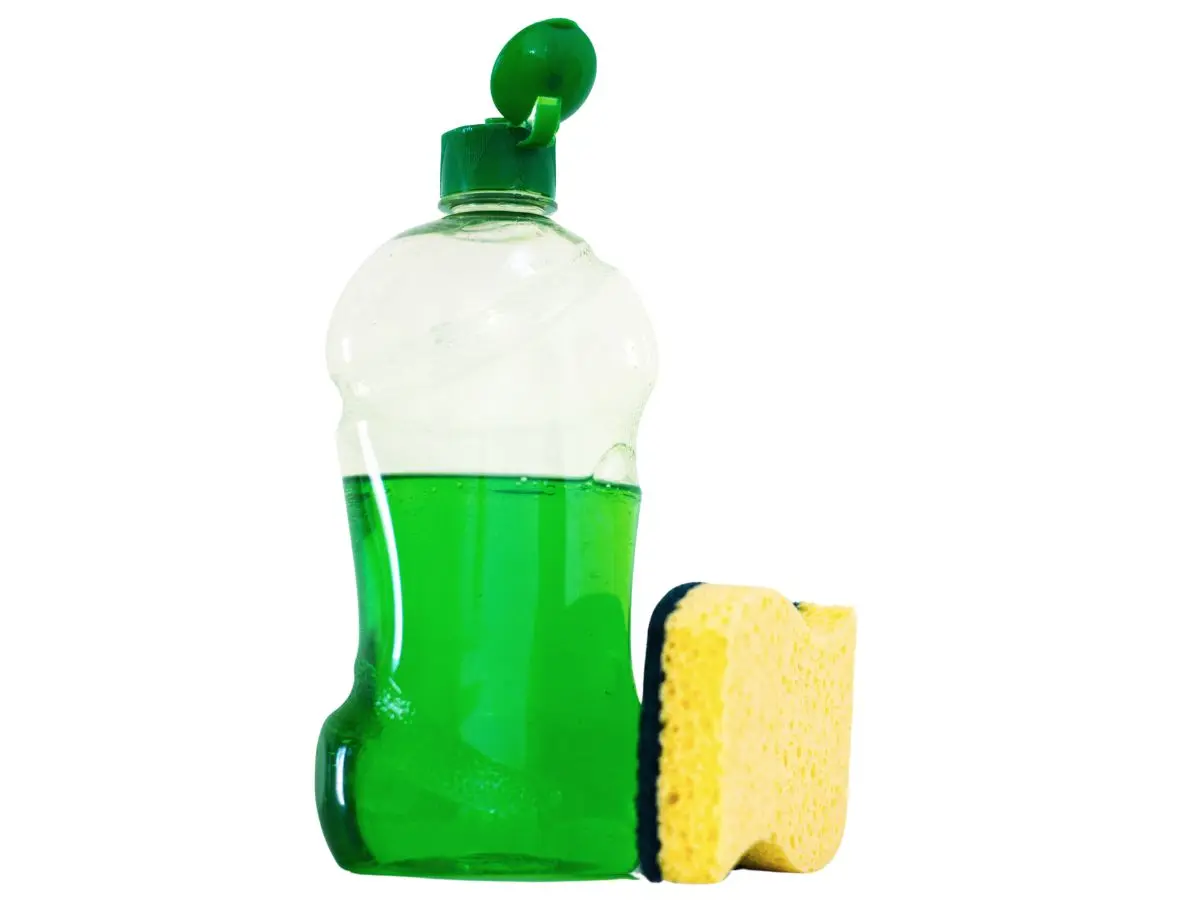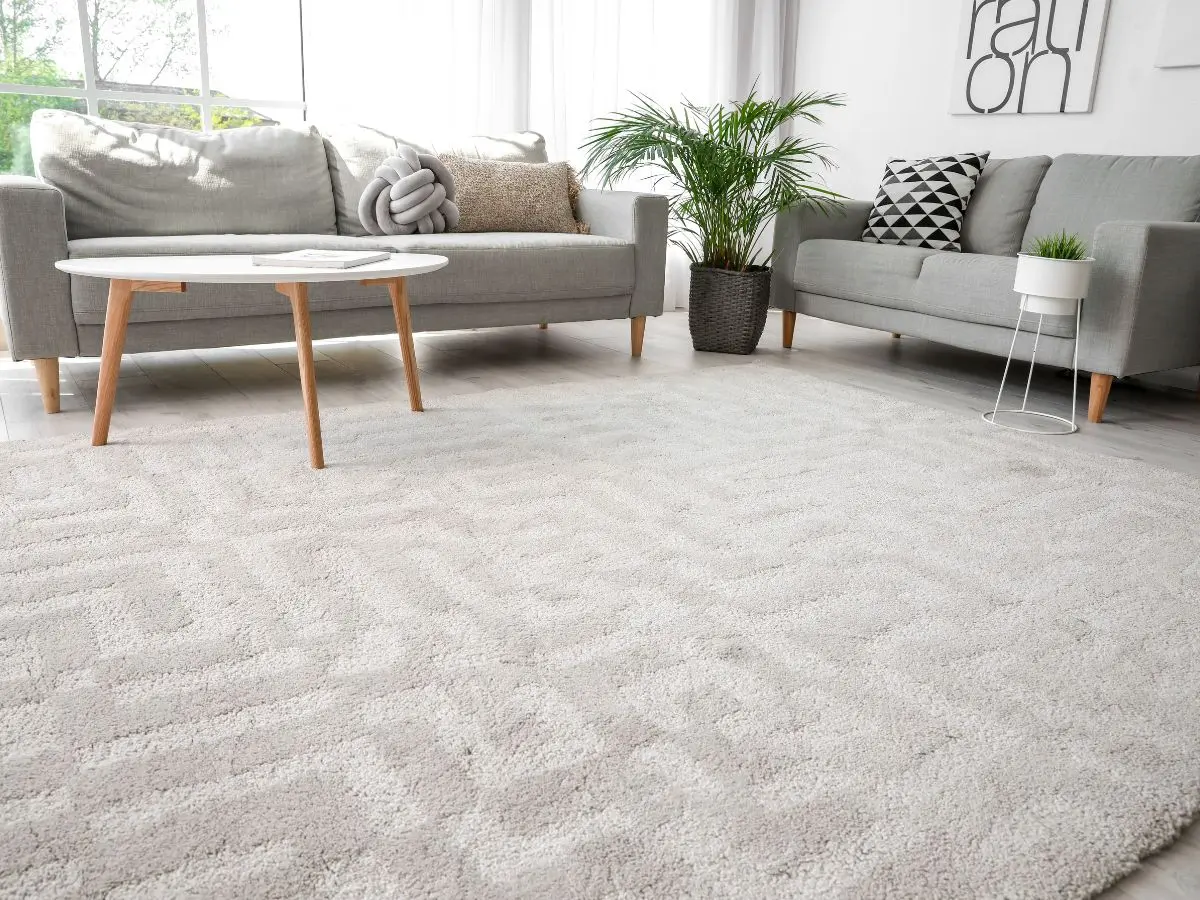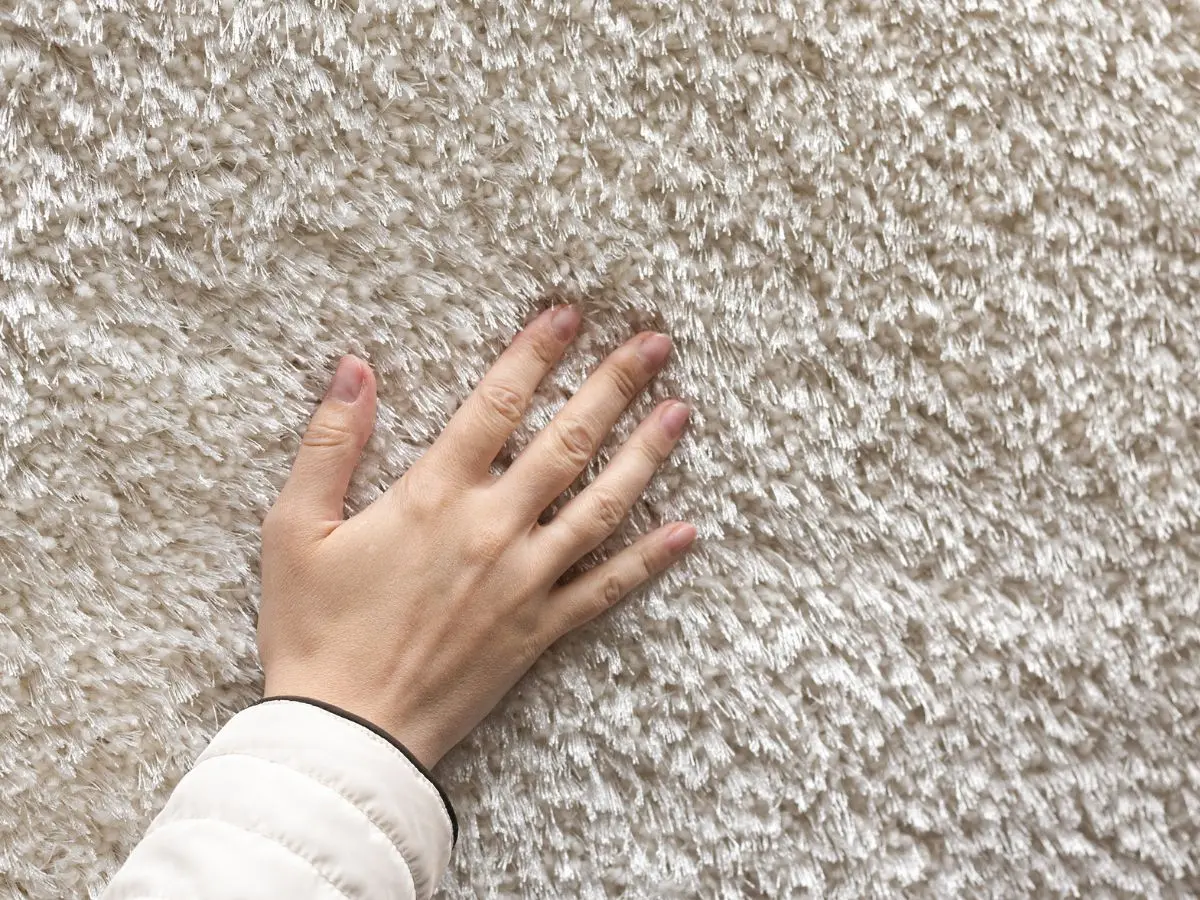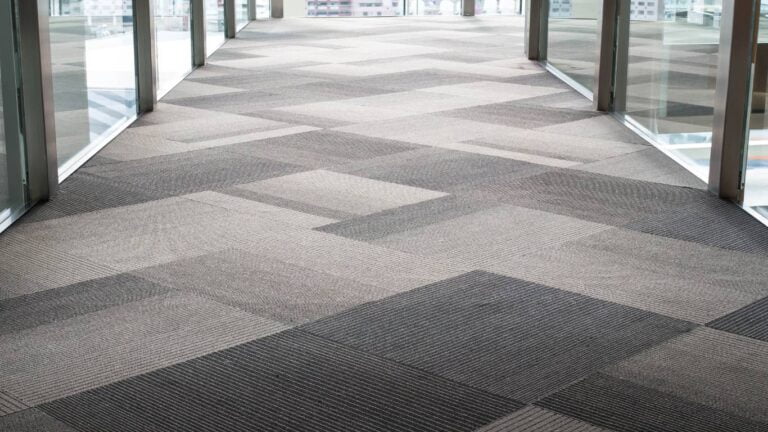The scent and sight of vomit on your carpet can turn any good day sour. Whether it’s a pet mishap or a family member’s accident, you’re in a race against time to prevent a lingering stain and odour from setting in. Luckily, you’ve got the right know-how to clean vomit off carpet and restore your peace of mind. Let’s tackle this unpleasant chore with simple, effective methods that’ll ensure your carpet comes out fresh and clean. Keep reading and you’ll take the guesswork out of vomit removal – your nose and your carpet will thank you.
Initial Clean up Steps
When you’re faced with the unfortunate task of cleaning vomit off a carpet, it’s crucial to act swiftly. The longer the vomit sits, the more challenging it becomes to remove, and the higher the risk of permanent damage to your carpet. The enzymes and acid in vomit can be particularly harsh on carpet fibres, so prompt action isn’t just about aesthetics, but also about preserving the integrity of your carpet.
Remove Larger Pieces Carefully
Your first step in the cleanup process is to remove any larger chunks of vomit. This can be a bit unpleasant, but it’s necessary to prevent further soiling and to make the subsequent steps more effective. Using a blunt tool, such as a dustpan, spatula, or spoon, gently scoop up the solids. You’ll want to be thorough yet gentle to avoid pushing the vomit deeper into the carpet fibres. After you’ve removed the bulk of the mess, make sure to disinfect the tool you used to prevent any spread of bacteria.
If the consistency of the vomit is too fluid, using an old towel or cloth might be more appropriate. Paper towels can also be effective, especially if you’re dealing with a particularly messy situation. The goal is to lift as much of the vomit as possible off the carpet without spreading it around.
Blot Excess Moisture
Once the larger pieces have been cleared away, the next step is to address the remaining moisture. This is where blotting comes into play. Using a clean cloth or more paper towels, press down on the affected area to soak up as much liquid as possible. It’s crucial to blot rather than rub; rubbing can work the vomit deeper into the carpet, making it harder to remove and increasing the likelihood of a stain setting in.
During this stage, you might find that you need to use a cleaning solution to help break down the vomit and prevent staining. A homemade solution can be made by diluting white vinegar or hydrogen peroxide with an equal amount of water. However, never mix vinegar and peroxide together, as this can be ineffective and potentially harmful. Apply your chosen solution sparingly and continue to blot the area. You may need to repeat this process several times to ensure that as much of the vomit is removed as possible.
Avoid Rubbing to Prevent Stain Spreading
It’s worth reiterating the importance of blotting over rubbing. The natural instinct might be to scrub at the stain, but this can be counterproductive. Vigorous rubbing can spread the stain and embed it deeper into the carpet, making it more difficult to remove and increasing the chances of a permanent mark being left behind.
After you’ve blotted up the excess moisture and treated the area with a cleaning solution, it’s advisable to let the stain air dry. Alternatively, you can cover it with a thin layer of baking soda or corn starch. Both of these substances are excellent at absorbing moisture and can help to neutralise the smell of vomit. Once the baking soda or corn starch has had time to work, usually around 15-20 minutes, vacuum up the powder to remove the last traces of vomit.
If, after all these steps, you find that there are still stubborn stains or lingering odours, it may be time to call in the professionals. A professional stain removal carpet cleaner has the equipment and expertise to deep clean your carpet fibres, removing stains and odours that home remedies might not be able to tackle. This can be a worthwhile investment to ensure your carpet is restored to its original condition and to maintain a clean, hygienic environment in your home.

Selecting Appropriate Cleaning Solutions
Readymade Vomit Stain Removers
For those who prefer the convenience of store-bought products, there are numerous options specifically designed for this type of mess. These typically contain enzymes to effectively break down organic matter. It’s essential to adhere to the instructions provided by the manufacturer for optimal results. Always conduct a spot test in an inconspicuous area to ensure the cleaner does not adversely affect the carpet’s colour or texture.
Homemade Natural Cleaners
For a more environmentally friendly or readily available option, a combination of dish soap and white vinegar mixed with warm water can serve as an effective alternative. The soap assists in dissolving fats, while the vinegar is useful for mitigating odours. When applying this mixture, it’s advisable to use a white cloth to avoid dye transfer and to continue the practice of blotting.
Assessing Your Carpet Type for Safe Cleaning
Understanding the material of your carpet is crucial before beginning the cleaning process. Different fibres may have varying sensitivities to cleaning agents. Wool, for example, may be damaged by harsh chemicals and might necessitate a milder approach. Always check the care instructions provided by the carpet manufacturer before proceeding with any treatment.
In situations where the carpet is of a delicate nature or if there is uncertainty regarding the correct cleaning method, the expertise of a professional carpet cleaner can be invaluable. Their methods, such as steam cleaning, can effectively remove remnants that DIY methods may not reach, ensuring a thorough clean without risking damage.

Deep Cleaning the Vomit Stain
Applying the Cleaning Agent
After the solid matter is cleared, I prepare a cleaning solution, typically a tablespoon of dishwashing liquid mixed with two cups of warm water, and test it on a hidden section of the carpet to ensure it doesn’t cause discoloration. With a clean cloth, I apply the solution to the stain, dabbing gently.
Gentle Scrubbing Techniques
If the stain persists, I sometimes use gentle scrubbing techniques. I’ve found that using a soft-bristled brush can help work the cleaning solution into the fibres without causing damage. After scrubbing, I blot the area once more with a clean, dry towel to lift away the cleaning solution.
Rinsing Out the Solution
The final step in the cleaning process is to rinse out the solution. I use clean water to dampen the area, then blot it again to remove any soap residue. If an odour remains, I sprinkle baking soda over the area, let it sit to absorb the smell, and then vacuum it up after 15-20 minutes.
In cases where the stain is stubborn or the odour persists, you might want to consider calling in a professional carpet steam cleaner. They have the equipment and expertise to deep clean the carpet fibres, ensuring the carpet is not only clean but also hygienic and restored to its original condition.
Odour Neutralisation Strategies
Baking Soda: An Effective Odour Absorber
Baking soda is a dependable tool for absorbing odours. After cleaning and applying a mild dishwashing liquid solution, if an unpleasant scent persists, a liberal application of baking soda over the stain can be beneficial. Allowing it to sit for the necessary time will enable it to soak up the odour. Afterward, vacuuming the area typically yields a notable improvement in the scent of the room.
The Use of Vinegar in Odour Elimination
For odour elimination, a diluted vinegar solution can be lightly sprayed over the area once cleaning is complete. The acidic nature of vinegar assists in breaking down odour-causing bacteria. Care should be taken to apply it lightly and to ensure it won’t harm the carpet by testing it first. As the area dries, the vinegar scent will fade, taking the unpleasant odour with it.
Commercial Odour Neutralisers and When to Use Them
In some cases, home remedies may not fully eliminate odours. This is when commercial odour neutraliser can be considered. These products are designed to combat stubborn smells, with ingredients that target and break down the sources of odour. It’s important to choose a product that is safe for carpets and to adhere to the provided guidelines. For particularly tenacious odours, or to guarantee maximum freshness, a commercial neutralizer can be the conclusive step in the cleaning process.

Post-Clean Care and Prevention
Drying the Carpet Thoroughly
Ensuring that the carpet is completely dry after cleaning is essential to prevent the growth of mildew or mould. To facilitate this, I use additional dry towels to absorb any residual moisture. If necessary, I might employ a fan or a hairdryer on a cool setting to expedite the drying process, being cautious to avoid any harm to the carpet fibres. The carpet should feel completely dry before considering the task finished.
Regular Maintenance to Prevent Stains
To deter stains from setting in, consistent maintenance is important. Vacuuming on a weekly basis eliminates dirt and particles that could compound the difficulty of cleaning any future spills. Moreover, an annual deep clean by a professional carpet cleaner is advisable to prolong the carpet’s lifespan and ensure its cleanliness. Households with higher spill risks may benefit from more frequent professional services.
Tips for Quick Response to Future Spills
Being prepared for future spills is essential. Keeping a kit with essentials like paper towels, a spatula, a gentle dishwashing liquid, and baking soda can be a time-saver. It’s important to always blot spills and to pre-test any cleaning agents on a hidden part of the carpet. Having the contact information for a reliable carpet cleaning service readily available is also prudent for those occasions when a spill is beyond the scope of home treatment.
Restoring Your Carpet’s Freshness
Tackling vomit on a carpet is undoubtedly a challenge, but if you act quickly and use the right approach, you’ll handle it effectively. The key’s to act fast, use gentle blotting and rinsing techniques, and be diligent with the application of suitable cleaning solutions. Remember that home remedies can be impressively effective for most cases, but for those troublesome spots or persistent odours, don’t hesitate to call in the experts.
Keeping your home clean and welcoming is important, and ensuring your carpets are clean plays a big part in this. With these tips and a bit of elbow grease, you can make sure your carpets stay spotless and odour-free, even after life’s little mishaps. If you’re faced with a particularly stubborn scenario, professional cleaners are just a call away, ready to get your carpet back to its pristine condition.




